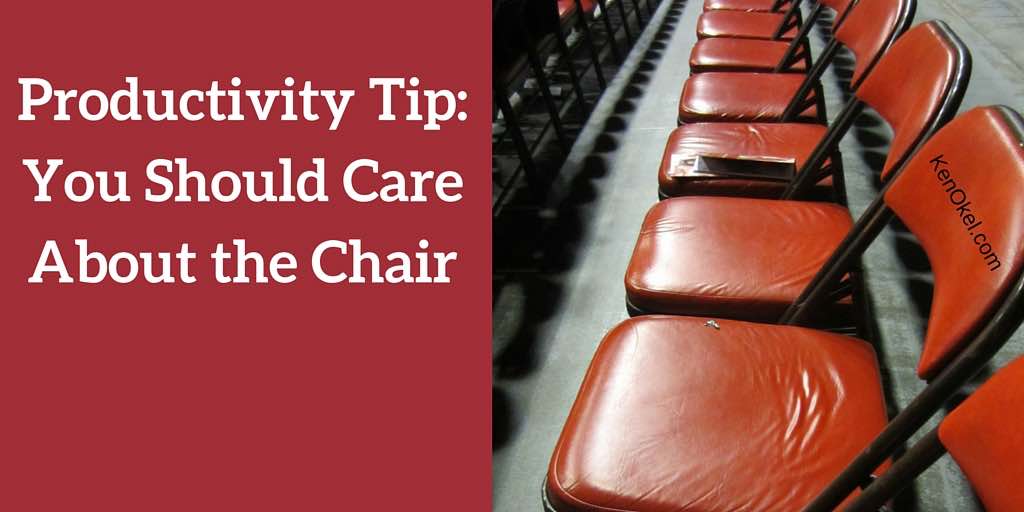 As someone who speaks to audiences, I’m hypersensitive about how a meeting space is arranged. I’ve come to a realization: The people who set up the chairs usually aren’t concerned with connecting with an audience.
As someone who speaks to audiences, I’m hypersensitive about how a meeting space is arranged. I’ve come to a realization: The people who set up the chairs usually aren’t concerned with connecting with an audience.
Why should this matter? Because the layout of a room affects an audience’s attention and ability to remember information.
Let’s say that the organizer of a meeting orders 250 chairs but only 175 people show up. Do you think the audience will all sit at the front? No, they are going to be spaced out throughout the room. There’s a good chance that hardly anyone will sit in the front rows.
As a speaker, this makes it much harder to connect with your audience. Some presenters always carry a big roll of tape with them so they can block off the back rows of seats, which herds the audience closer to the front of the room.
Other factors that can impact an audience are the space between each chair, how many aisles are in the room, the alignment of the rows, and how well the information on a screen can be seen by the back rows.
All of these things are important to the presenter and based on the desired results, also to the meeting organizer. Yet, so often the people who are in charge of the room are just told to set up 250 chairs.
These crews are hardworking and pressed for time so they will find the fastest and easiest way to get the job done. This does not necessarily match up with the needs of the presenters.
You can’t blame the crew because they were not told specifically what to do.
In many companies, employees are given instructions but not the details. How can you expect them to execute your strategy if they don’t know why they need to do things a certain way. Chairs are easy to move. Your team is harder to change, especially if they don’t know what to do and have started to freelance.
Does this really matter? Let’s put it like this: People don’t fly first class because they want to support the airlines. They do it for a more comfortable experience. They’ll pay more for that. It all makes up a good branding experience. They won’t pay first class for coach seats.
Good training explains the details and how they relate to your big picture goal. Stop hiding behind excuses (They should know better, I don’t want to embarrass people with the obvious, Why do I need to do that) and take the time to train them properly. Don’t leave this opportunity to connect with your audience to chance because an uncomfortable audience is often looking for the exit sign.





